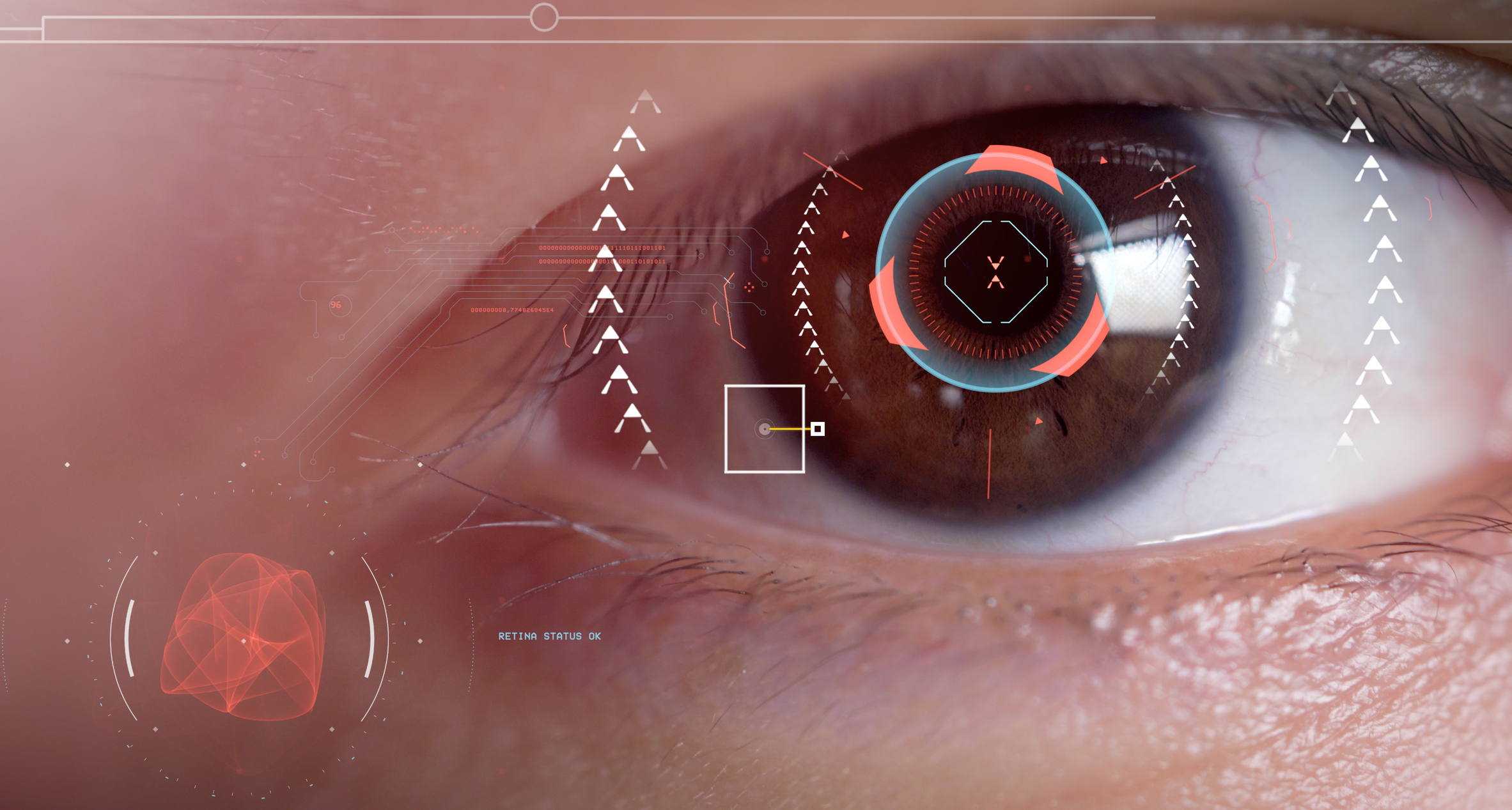Remote Monitoring Systems for Age-Related Macular Degeneration (AMD)
Introduction
Age-related macular degeneration (AMD) is a progressive eye condition that primarily affects older adults, leading to significant vision impairment or loss. The macula, located at the center of the retina, is responsible for sharp, central vision necessary for tasks like reading and driving. AMD can manifest in two forms: dry AMD, characterized by the presence of drusen (yellow deposits) in the macula, and wet AMD, marked by the growth of abnormal blood vessels beneath the retina. Managing AMD requires regular monitoring to detect changes in vision and disease progression.
Challenges in AMD Management
Traditional methods of monitoring AMD typically involve in-person appointments with eye care specialists, which can be inconvenient, costly, and challenging for individuals with mobility issues or limited access to healthcare facilities. Moreover, delays in detecting changes in vision or disease activity can result in irreversible vision loss and decreased quality of life for individuals with AMD.
Benefits of Remote Monitoring Systems
Remote monitoring systems offer a transformative approach to AMD management by addressing many of the challenges associated with traditional monitoring methods. These systems provide several advantages:
- Convenience: Patients can undergo vision assessments from the comfort of their homes using readily available devices such as smartphones, tablets, or specialized monitoring devices.
- Timely Detection: Remote monitoring enables frequent assessment of visual function, allowing for the early detection of changes in vision or disease activity before they lead to significant vision loss.
- Cost-Effectiveness: By reducing the need for frequent in-person appointments, remote monitoring systems can lower healthcare costs and improve resource allocation within healthcare systems.
- Patient Engagement: Empowering patients to actively participate in their care through remote monitoring fosters engagement and adherence to treatment regimens, leading to better outcomes and improved patient satisfaction.
Advancements in Remote Monitoring Technology
Recent advancements in remote monitoring technology have further enhanced its utility in AMD management:
- Home-based Vision Tests: Mobile applications and web-based platforms enable patients to perform a variety of vision tests remotely, including visual acuity tests, Amsler grid assessments (used to detect central vision distortions), and contrast sensitivity tests.
- Telemedicine Consultations: Video consultations with eye care specialists allow for real-time assessment of AMD progression and adjustment of treatment plans as needed, without the need for in-person visits.
- Artificial Intelligence (AI) Algorithms: AI-driven algorithms analyze retinal images obtained through smartphone cameras or specialized devices to detect early signs of AMD, monitor disease activity, and predict disease progression.
- Wearable Devices: Wearable devices equipped with sensors can track changes in visual function, monitor the effectiveness of treatment interventions over time, and provide personalized feedback to patients and healthcare providers.
Conclusion
Remote monitoring systems represent a significant advancement in the management of AMD, offering a convenient, cost-effective, and patient-centered approach to vision care. By leveraging technology to facilitate frequent monitoring and early detection of AMD progression, these systems empower individuals with AMD to take proactive steps in managing their condition and preserving their vision. As remote monitoring technology continues to evolve and become more sophisticated, it holds tremendous promise for improving the outcomes and quality of life of individuals living with AMD.
World Eye Care Foundation’s eyecare.live brings you the latest information from various industry sources and experts in eye health and vision care. Please consult with your eye care provider for more general information and specific eye conditions. We do not provide any medical advice, suggestions or recommendations in any health conditions.
Commonly Asked Questions
Remote monitoring allows for frequent assessment of vision changes and disease progression without the need for frequent in-person visits to eye care specialists.
Remote monitoring systems enable patients to perform visual acuity tests, Amsler grid assessments, and contrast sensitivity tests from the comfort of their homes.
Yes, remote monitoring systems can lower healthcare costs by reducing the need for frequent in-person appointments and enabling early detection of AMD progression.
Yes, advancements in technology, including AI-driven algorithms, enable remote monitoring systems to detect early signs of AMD and monitor disease activity over time.
Telemedicine consultations with eye care specialists allow for real-time assessment of AMD progression and adjustment of treatment plans as needed, enhancing the effectiveness of remote monitoring.
Wearable devices equipped with sensors can track changes in visual function, monitor the effectiveness of treatment interventions, and provide personalized feedback to patients and healthcare providers.
The frequency of remote monitoring may vary depending on the severity of AMD and individual patient needs, but it generally involves regular assessments to monitor vision changes and disease progression.
Early detection of changes in vision and disease activity through remote monitoring systems can help prevent vision loss by facilitating timely interventions and treatment adjustments.
Yes, remote monitoring systems are designed to be user-friendly, with intuitive interfaces and clear instructions to guide individuals through vision tests and assessments.
Coverage for remote monitoring for AMD may vary depending on insurance providers and specific policies. Patients are encouraged to check with their insurance companies for information on coverage options.
news via inbox
Subscribe here to get latest updates !








